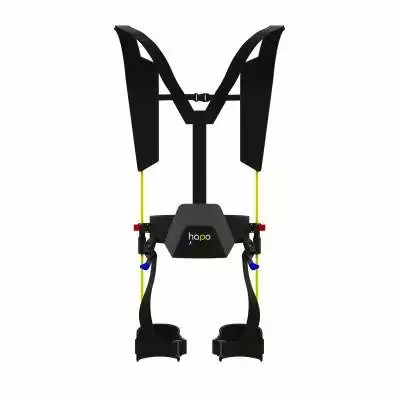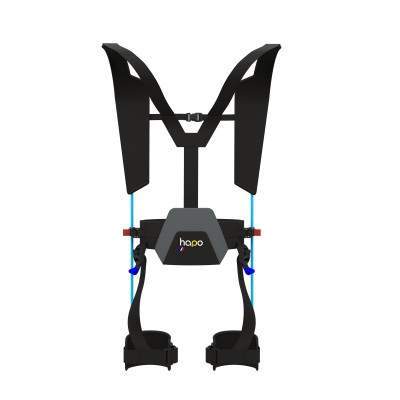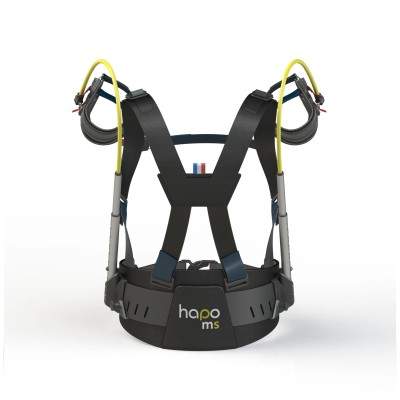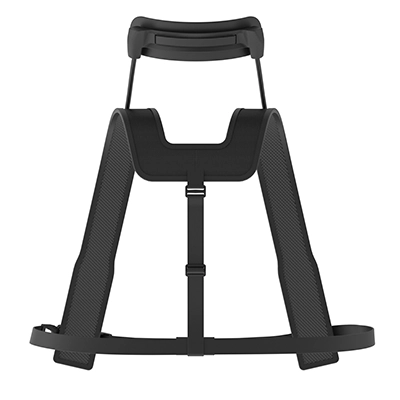Plus de 30 % des accidents du travail sont liés à une mauvaise posture ou à des gestes répétitifs, selon les données...
Forstå RULA: Forbedr dine ergonomiske vurderinger med LEA
RULA stands for Rapid Upper Limb Assessment. It’s an ergonomic assessment method developed in 1993 by Dr. Lynn McAtamney and Professor E. Nigel Corlett at the University of Nottingham. By creating this tool, their goal was to develop an analysis method to examine work environments where work-related musculoskeletal disorders are observed. The RULA method quickly assesses the postures of the neck, trunk, and upper limbs, as well as muscle activity and external loads applied to the body. In practice, it’s a tool that helps determine if a working position may cause pain or injuries. Its main advantage is that it doesn't require any specific equipment. |
How does it work?
| |||||
|
| |
|
Why do we need RULA?
- Objectivity in postural analysis
RULA provides a clear scoring guide, which eliminates personal bias. The results are standardized: each posture is evaluated the same way, regardless of the evaluator, preventing interpretation differences.
- Helps with decision-making
RULA scores provide concrete numbers, making it easier to identify critical situations. No more hesitation about intervention urgency: a high score indicates the need for immediate action.
- Need for effective prevention of postural risks.
Accurate assessments allow for tailored measures to prevent pain and sick leave before they occur.
Alternatives - NIOSH and REBA
There are several ergonomic risk assessment tools, each useful depending on the work context and task types. Two are particularly common:
- NIOSH Lifting Equation: This method analyzes risks associated with lifting loads by calculating the maximum safe weight to lift, considering posture and lifting frequency. It is ideal for environments where manual work involves regularly lifting objects.
- REBA (Rapid Entire Body Assessment): This tool extends RULA to the whole body.
RULA remains essential
RULA is particularly useful since MSDs (musculoskeletal disorders) mainly affect the upper body, like the back and shoulders.
This type of pain and pathology is prevalent, and RULA allows us to precisely target these critical areas without wasting time analyzing the entire body.
Its simplicity and effectiveness make it a standard in many industries, especially for positions involving repetitive movements and uncomfortable postures.
RULA remains the tool of choice for a quick and specific assessment of upper-body risks.
Make MSD prevention a priority with LEA
By integrating LEA into your daily routine:
- Identify postural risks precisely.
- Save time with automated calculations of RULA biomechanical scores.
- Implement corrective actions based on reliable data.
- Improve your employees' well-being.
- Reduce costs associated with MSDs through proactive prevention.




. jpg)












